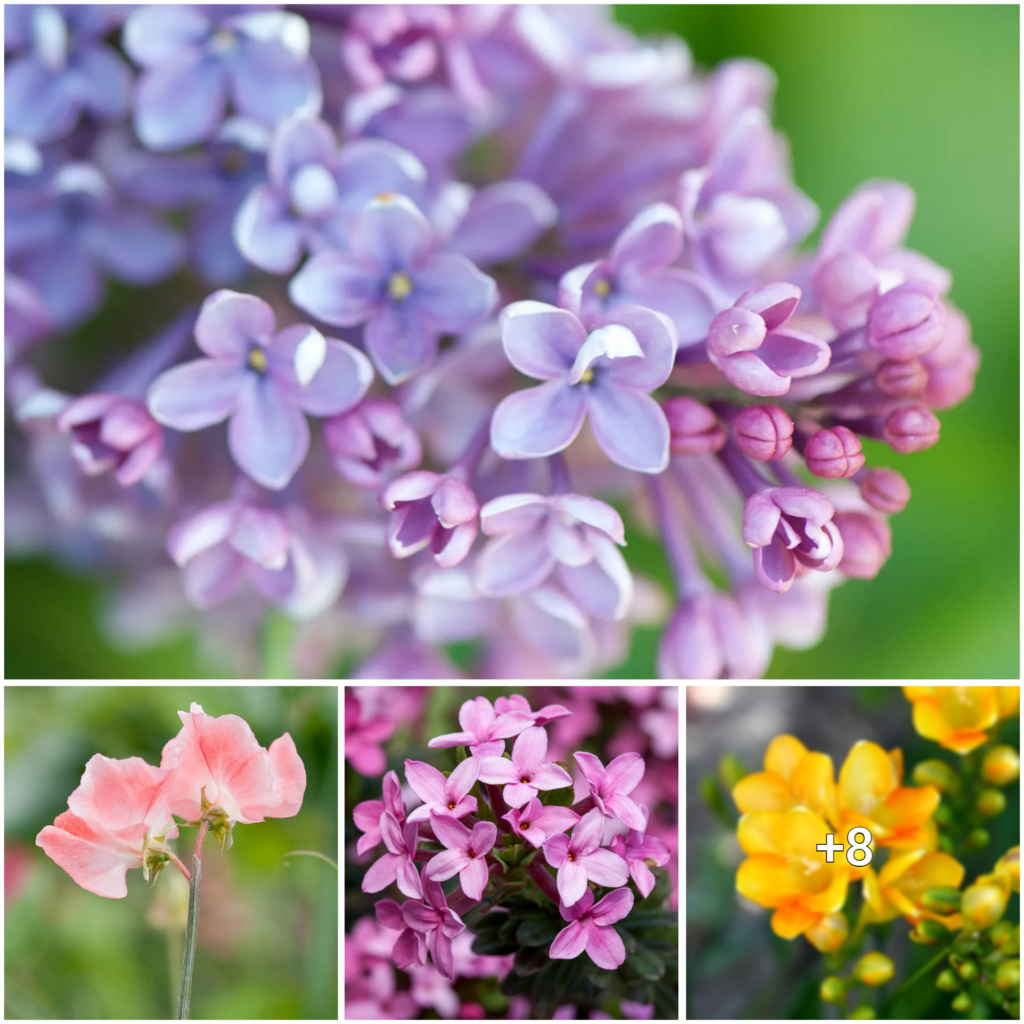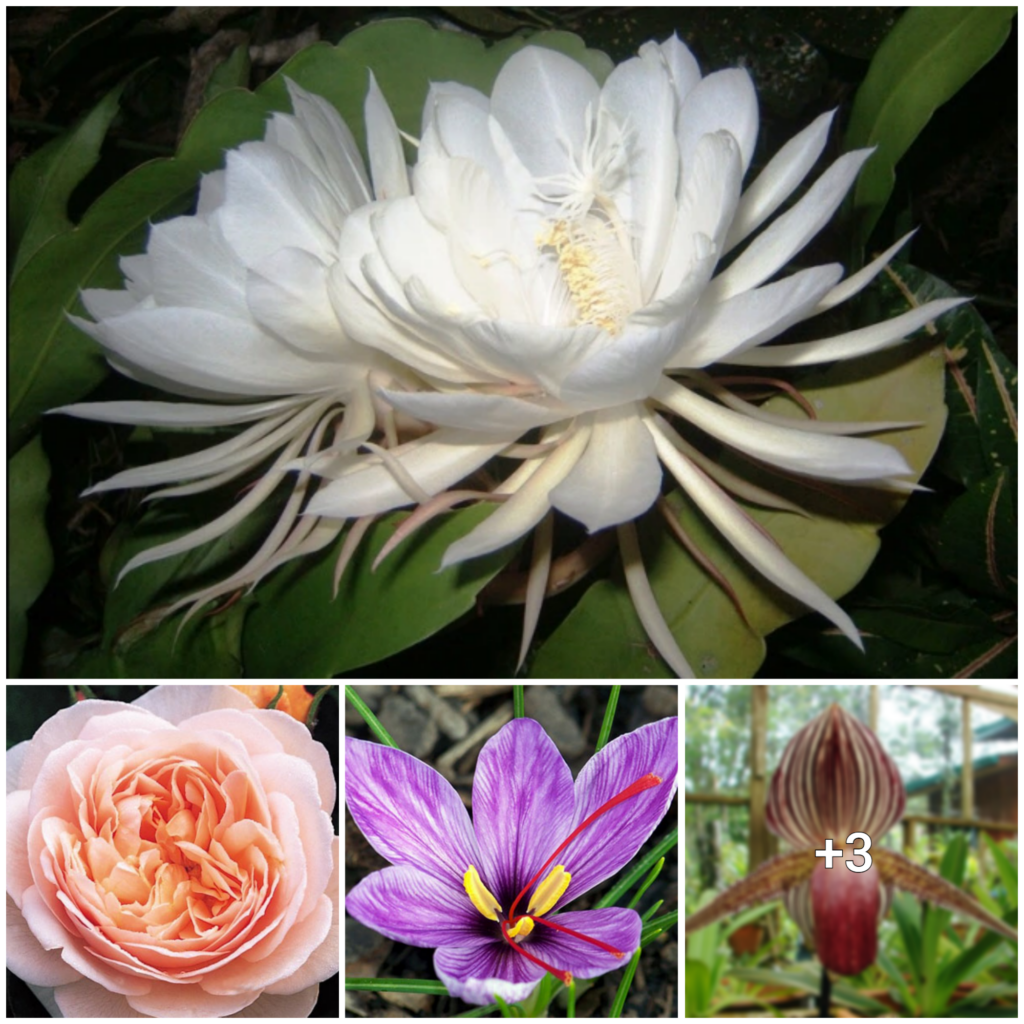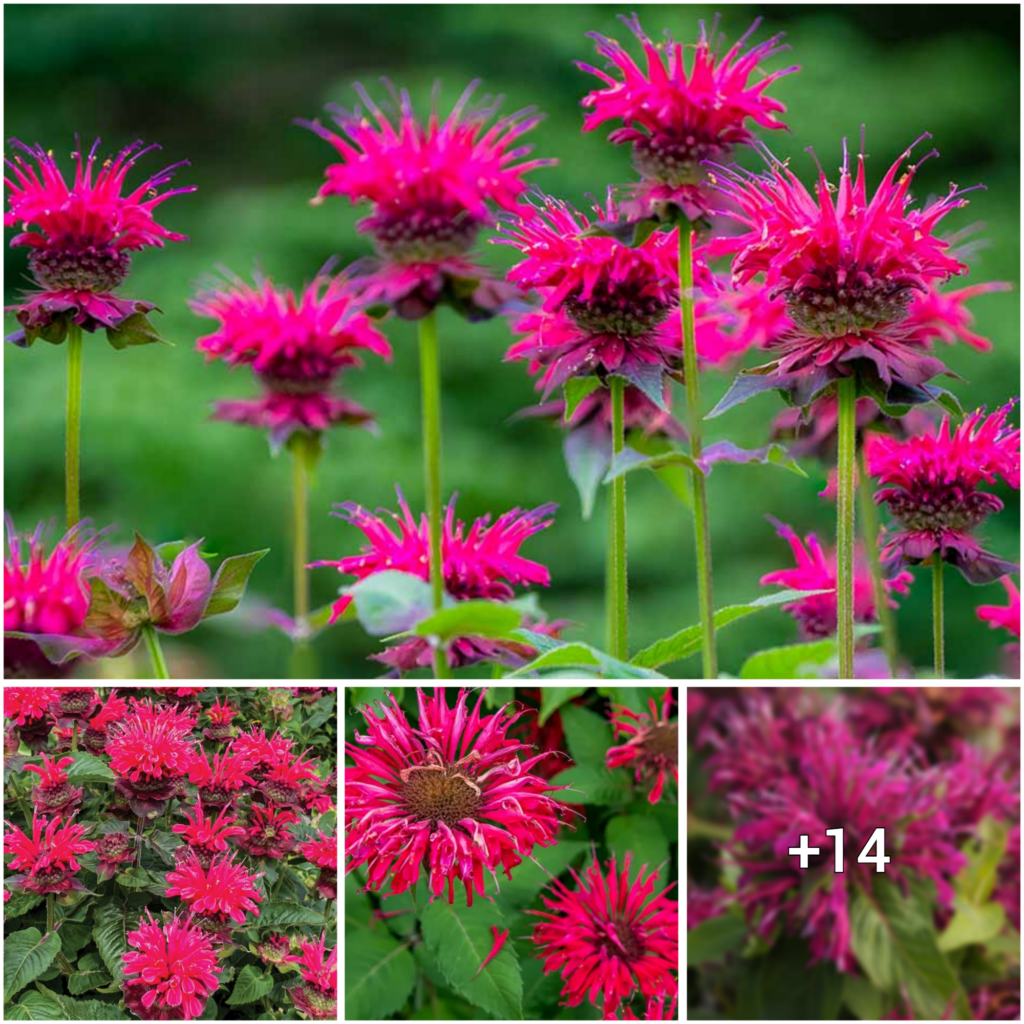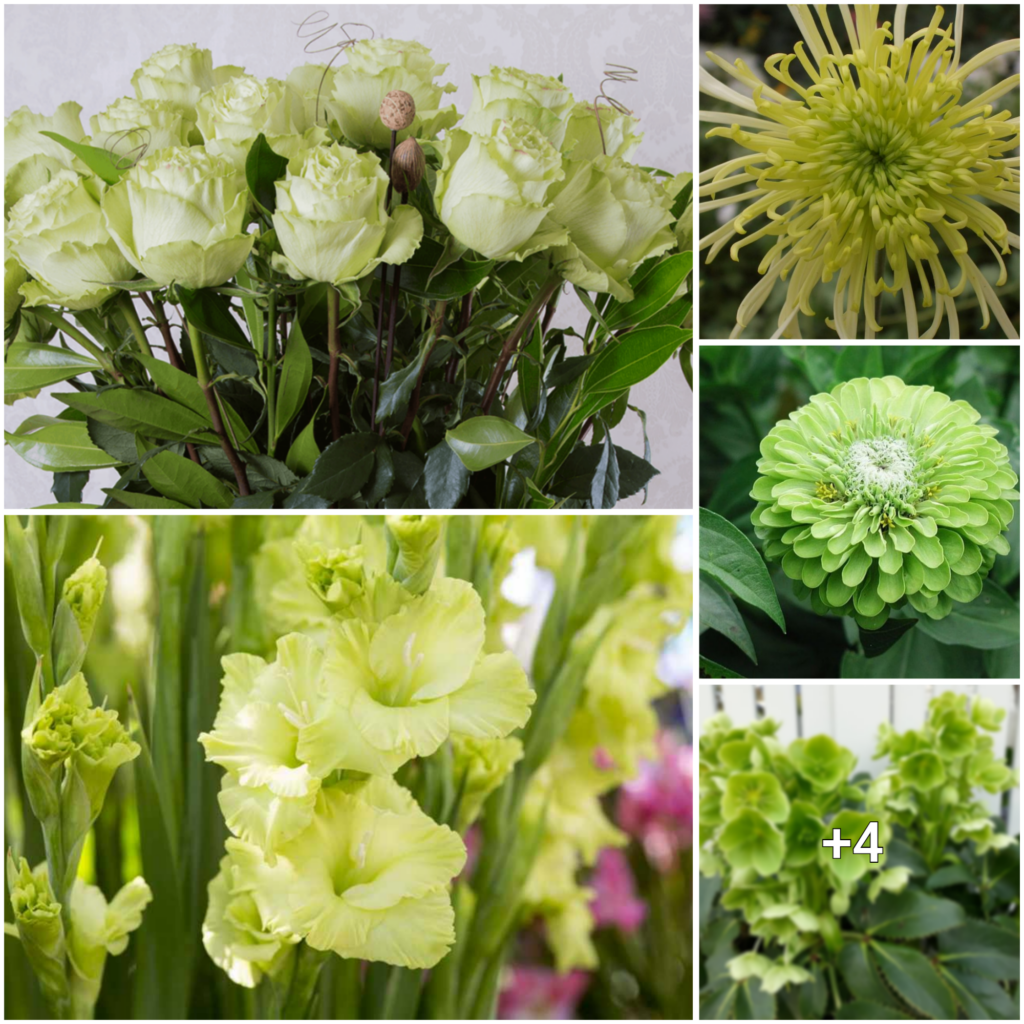With more than 500 species, as well as numerous hybrids and cultivars, Primula is a diverse genus. Typically, these plants are short-lived perennials that have rosettes of dark green leaves and colorful blooms that emerge in spring. There is a wide variety of colors available, and some plants have clusters of flowers while others have one flower per stalk. Some Primulas may be evergreen in hardy zones.
Primroses tend to grow best in partial shade, making them great for planting under trees. While some types can withstand full sun, they will require more water to keep cool and wet. Buying primroses while they are in bloom can ensure that you get the color and style you want. After planting, this flowering plant should bloom for several weeks.
If you grow Primulas as perennials, they require little maintenance once they are established. They need access to fresh water, but this shouldn’t be an issue in spring. During the hottest hours of the day, they require some shade. As long as you put them in a suitable location, you shouldn’t have any problems with them. Winter clothing is not necessary.
Hybrid primroses prefer a somewhat shaded spot that gets some early sun but shade during the day. P. vulgaris does better in full shade. Primroses prefer damp soil with a slightly acidic pH since they are native to forest environments. They thrive in soil that is rich in organic matter. While these plants prefer moist soil, good drainage is necessary for most strains. Primula japonica and Primula denticulata can tolerate damp soil.
Hybrid primroses are thirsty plants that require constant watering. A thick layer of mulch helps to retain soil moisture, but they do not appreciate being constantly saturated. Certain species are more tolerant of wet soils.
Hybrid primroses are typically hardy in zones 5-7, but they are usually planted as annual bedding plants in colder and warmer climates. Some plants can survive as far north as zone 2. Primroses are not ideal for USDA zones 9 and above since they require a winter frost to grow and bloom.
Hybrid primroses need half-strength liquid fertilizer regularly, which is essential for all plants that bloom profusely. However, some species may be overfed and can thrive with a single spring meal.
















Acknowledgment: Pinterest
Reference: Garden Enthusiast
To avoid plagiarism, we need to rephrase the given content in a unique and original way. Let’s do it in a casual tone.
Kudos to Pinterest for sharing this awesome gardening tip! I stumbled upon this useful piece of advice from Garden Enthusiast, and it’s definitely worth sharing.




